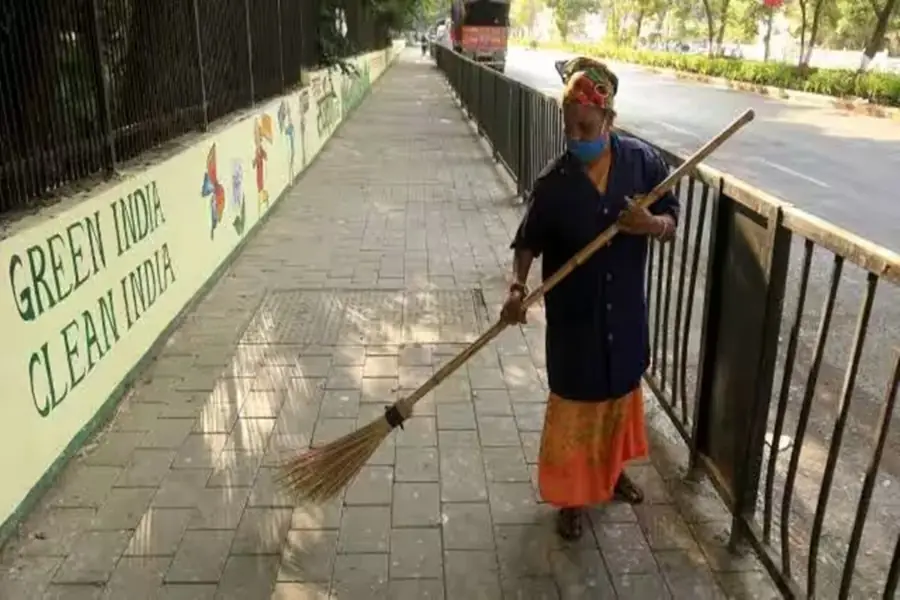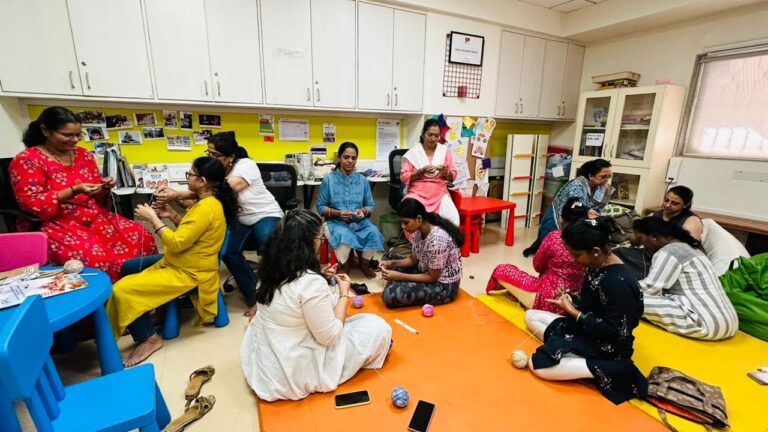– By Tripti Naswa
World Toilet Day is an ideal platform for collective action and advocacy in WASH (Water, Sanitation, and Hygiene), to address the global lack of toilets, and resolve multifaceted challenges in sanitation in India.
As India moves into the next phase of the Swachh Bharat Mission (SBM), there is a need for urgent action to improve the dignity of work and the working conditions for millions of sanitation workers (Safai Mitras) in India. The SMB reported that 10 crore individual household toilets have been constructed, and 6 lakh villages have declared themselves as Open Defecation Free (ODF). Additionally, Urban India was officially declared open defecation-free in October 2019, largely due to the thrust provided by the SBM 1.0, as it mobilised efforts towards building infrastructure with the construction of toilets at scale.
India has maintained an ODF status and moved towards its journey of becoming ODF++ with an increasing focus on safe waste treatment, due to the efforts of about 5 million sanitation workers engaged in diverse kinds of work across the sanitation value chain along with behavior change amongst communities.
Sanitation work can be better understood as practices/services involved in four major systems: 1. Sewage (Collection and treatment), 2. Water (Treatment, management, and distribution), 3. Solid waste (Collection and treatment), and 4. Rainwater drainage. Unfortunately, sanitation value chains in both urban and rural areas of our country are lacking in standardisation, strength, and efficiency across all stages.
At various steps across the sanitation value chain — from toilets to treatment plants — workers interact with fecal matter and are also compelled to perform manual scavenging in extremely unsafe ways. The lack of adequate safety equipment poses a serious threat to their health and well-being. A majority of sanitation workers belong to the Dalit community, one of the most vulnerable groups in Indian society. They perform the most precarious and unsafe work in the chain.
Collective action across the following three areas can have a promising impact on the dignity and safety of sanitation workers in India:
Improving safety at the workplace
Fast-track the adoption of innovative technologies to mechanise maintenance operations across the chain.
The nature of work in the sanitation sector is categorised by excessive dependence on manual labour, hazardous working conditions, and the prevalence of forced manual scavenging due to poor infrastructure or availability of technology.
To eliminate hazardous cleaning, prevent deaths of sewer and septic tank workers, and ensure their safety and dignity, the Ministry of Social Justice and Empowerment (MoSJE) and the Ministry of Housing and Urban Affairs (MoHUA) have jointly formulated the Scheme for National Action for Mechanised Sanitation Ecosystem (NAMASTE). Over 50 cities have been identified by MoHUA, as having reached advanced levels of mechanisation in sanitation service delivery, towards converting man-holes into “machine-holes”. These cities have invested in technology to enable the desludging of septic tanks and cleaning of sewers without the sanitation worker having to enter the man-hole.
Organising sanitation workers: The collective power
For centuries, the caste system has forced Dalit laborers to provide sanitation services to the public. Rather than respecting sanitation as a profession, most societies have looked down on it as the duty of marginalized communities, perpetuating a cycle of discrimination and exploitation.
The evidence indicates that the coordination and organisation of sanitation workers play a crucial role in initiating measures for a safer, healthier, and more modernised approach to sanitation work. In 2017, the Hyderabad Metropolitan Water Supply and Sewerage Board collaborated with the Dalit Indian Chamber of Commerce and Industry to acquire 70 mini sewer jetting machines that use water to unclog sewer lines. These machines are now owned by Safai Karamcharis, who are given state loans to make the purchase. This organisation by the sanitation workers themselves has accomplished the basic goal of ending manual scavenging, however, there is a long way to go before the system delinks caste and sanitation workers.
Allowing organising to leverage structures such as Self-Help Groups (SHGs) and similar community-based platforms can be instrumental in building a thriving business ecosystem for sanitation services. Additionally, the support provided by the government towards promoting innovations from within the community of sanitation workers can play a significant role in improving the dignity of labor.
The Karnataka government sent a group of pourakarmikas (Safai Mitras) to Singapore to learn solid waste management and sewerage treatment mechanisms adopted by the country. Such efforts can collectively lead towards empowerment by accessing opportunities to improve skills and the socio-economic well-being of the workforce.
Enumerating the sanitation workforce: Making the labour visible
A major challenge faced by sanitation unions today is labour ‘informalisation’, which exposes labourers to worsening working conditions and violation of their rights. To ensure the safety and dignity of sanitation workers, a critical initial step is the thorough enumeration of this workforce. Enumeration is the gateway to accessing vital welfare measures and acknowledgment of their work.
The Government of Tamil Nadu, along with the support of the Urban Management Centre (UMC) launched the Sanitation Workers Development Scheme to focus on welfare measures that will benefit sanitation workers and their families. Extensive surveys are being conducted to identify and map every sanitation worker using a digital enumeration tool against all the safety and social welfare schemes.
Our collective focus should extend beyond the physical infrastructure of toilets to the very individuals who form the backbone of sanitation—the sanitation workers. While commendable strides have been made in infrastructure development, the time is ripe for comprehensive actions across the sanitation value chain to uplift the dignity of the workers.
—–
This article was originally published in Financial Express.
(Picture courtesy: Financial Express)




